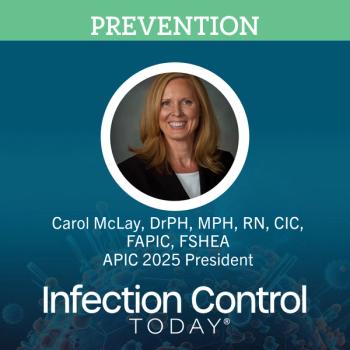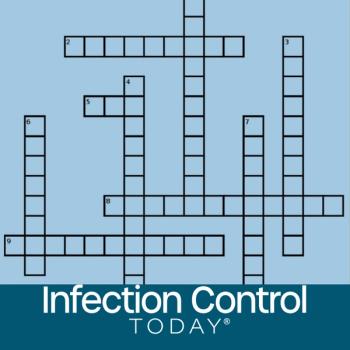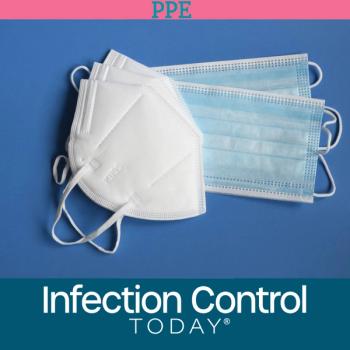
Stroke Risk Higher After Shingles but Antiviral Drugs May Provide Protection
Patients' risk of stroke significantly increased following the first signs of shingles, but antiviral drugs appeared to offer some protection, according to a new study in Clinical Infectious Diseases, now available online. People with shingles, an often painful skin rash caused by the same virus that causes chickenpox, had a higher stroke risk in the first 6 months after shingles symptoms appeared; this risk was particularly increased in patients with a rash near their eyes, the study found.
Shingles, or herpes zoster, is a significant public health problem, affecting an estimated 1 million adults in the U.S. and nearly 90,000 in the U.K. each year. The disease develops when the varicella-zoster virus, which causes chickenpox in children and then remains dormant in the body, reactivates later in life.
Sinéad Langan, MD, PhD, and colleagues at the London School of Hygiene & Tropical Medicine identified patients with first-ever incidents of shingles and stroke, and also examined antiviral treatment records for shingles, drawing from a database of information from patients across 600 general practices in the U.K.
Researchers compared the risk of stroke in the time period after the patient had shingles to time periods when the patient did not have recent shingles. Among the 6,584 patients included in the study, the stroke rate was 63 percent higher in the first four weeks after a shingles episode compared to the patient's baseline risk, diminishing slowly up to six months later. The stroke risk increased up to three-fold for a short period of time among those with a shingles rash affecting the skin around their eyes, compared to baseline risk.
In patients treated with oral antiviral medication for their shingles-55 percent of study participants-the risk of stroke was lower than in those not treated with antivirals. "The relatively low prescribing rates of antiviral therapy in U.K. general practice after developing shingles need to be improved," Langan says, "as our study suggests that stroke risks following shingles are lower in those treated with oral antiviral therapy compared to individuals not treated with antiviral therapy."
The findings also highlight the importance of vaccinating older adults against shingles, which can reduce the risk of developing the painful condition in the first place. A shingles vaccine is available and recommended for adults over 60 in the U.S. and for those in their 70s in the U.K.
In a related editorial, Maria A. Nagel, MD, and Donald H. Gilden, MD, of the University of Colorado School of Medicine, noted that the findings confirm previous studies of shingles and stroke risk from Taiwan, Denmark, and the U.K. This latest study is "the first to show that the increased risk of stroke after zoster can be reduced with antiviral treatment," they wrote.
The research was funded by the U.K.'s National Institute for Health Research (NIHR) and the Stroke Association. The views expressed are those of the author(s) and not necessarily those of the funders, the U.K. National Health Service (NHS), or the U.K. Department of Health.
Source: Infectious Diseases Society of America (IDSA)
Newsletter
Stay prepared and protected with Infection Control Today's newsletter, delivering essential updates, best practices, and expert insights for infection preventionists.






